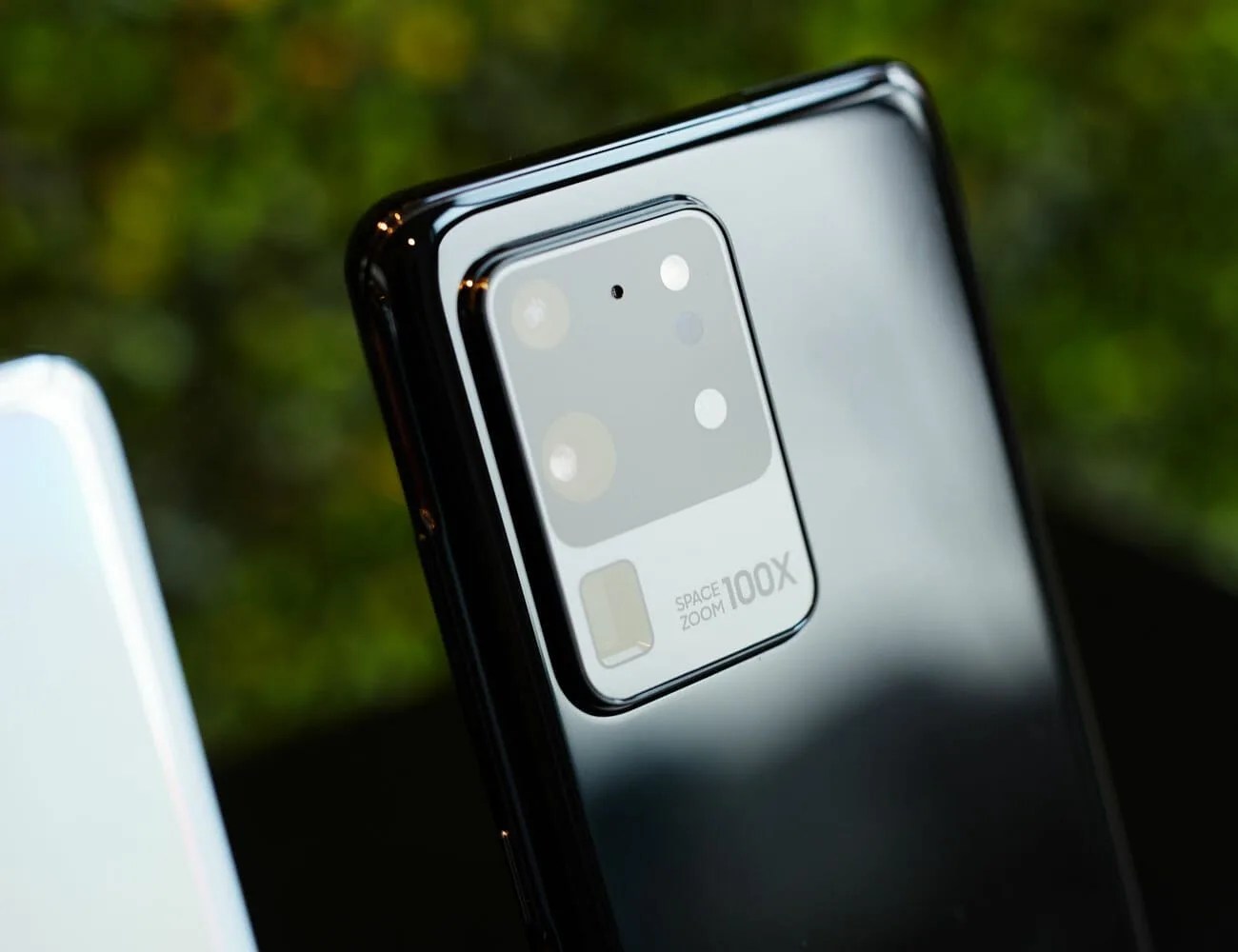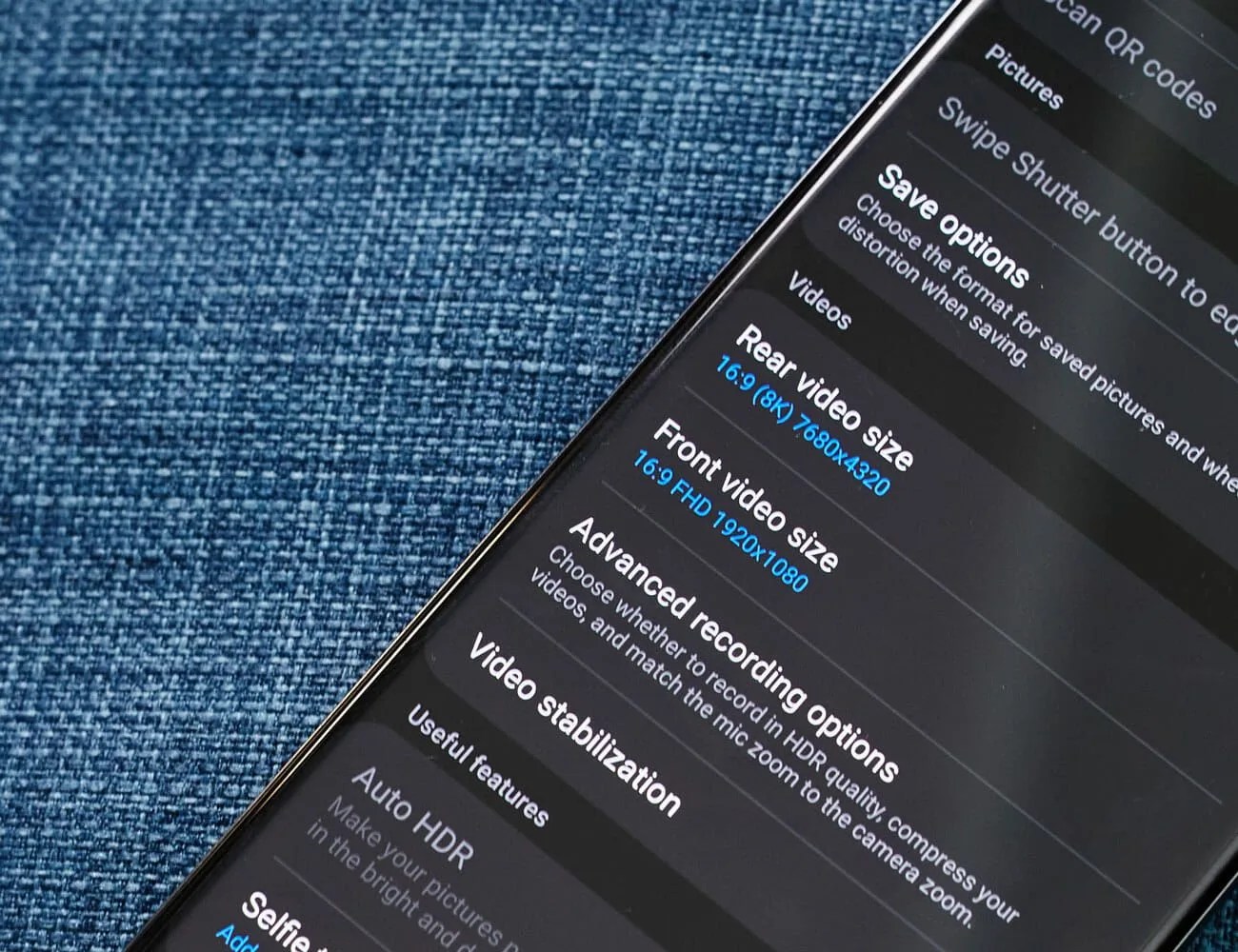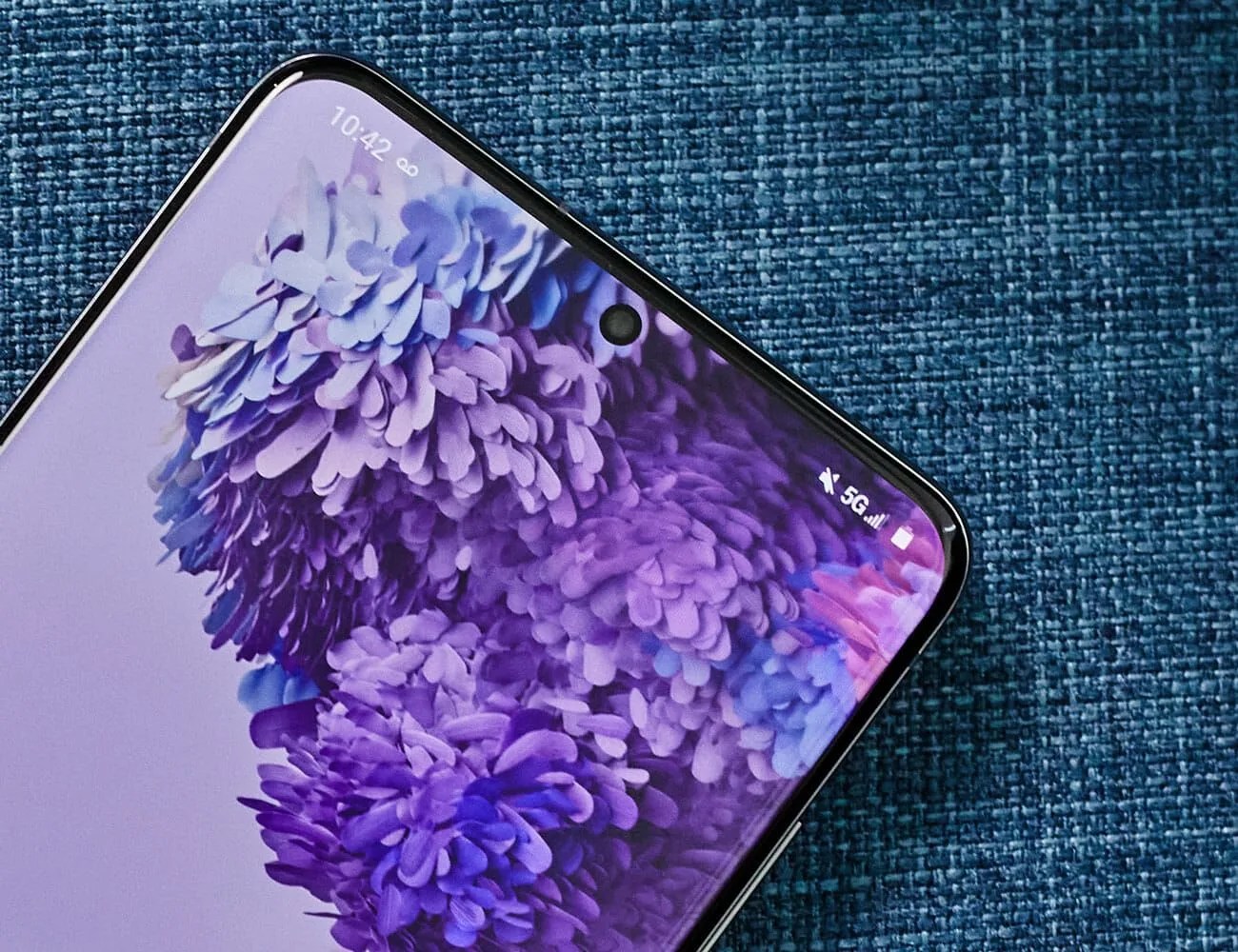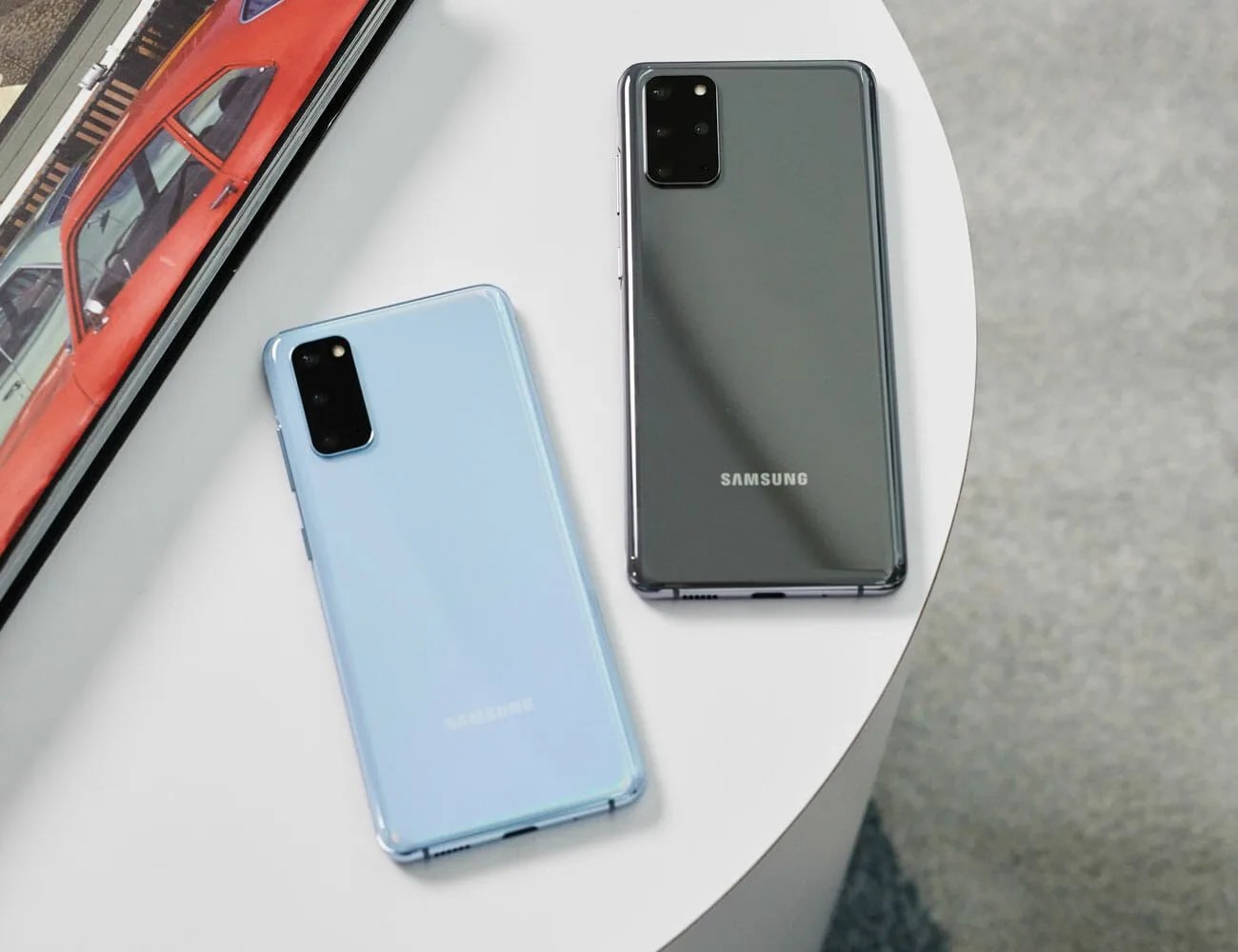Samsung just announced its latest pack of flagship smartphones. In total, there are three. The Galaxy S20 (6.2″) and the Galaxy S20+ (6.7″) are the next generations of the Galaxy S10 and Galaxy S10+ smartphones, complete with a new naming scheme. And then there’s the Galaxy S20 Ultra (6.9″), which is an all-new supercharged phone with an unprecedentedly good camera.
Save for the huge rectangular camera systems on the back, the Galaxy S20s look very similar to their predecessors, but there are a number of huge differences hiding in plain sight. Here’s what you need to know:
A Better Camera with Big, Big Zoom
 Henry Phillips
Henry PhillipsCameras continue to be a primary reason people upgrade their smartphones and Samsung’s new Galaxy S20 family goes big on this front. According to Samsung, the Galaxy S20’s sensor is three times larger than the Galaxy S10’s, giving it better low-light shooting capabilities, better clarity and the ability to capture super high-res photos (up to 64-megapixels on the Galaxy S20 and S20+, and up to 108-megapixels on the Galaxy S20 Ultra). That extra resolution is crucial when you are trying to zoom in digitally or crop in the latter of which helps you shoot better landscape or group photos, or zoom-in or crop them in post.
And the zoom is where Samsung Galaxy S20 smartphones really stand out. The Galaxy S20 Ultra, the most impressive of the bunch in this regard, has a sideways optical zoom lens tucked into its camera bump, sporting its own 48-megapixel sensor. The result is that it can zoom up to 10x optically, that is to say, with no decrease in quality. And from there, it can zoom up to 100x digitally, though you’ll suffer some loss of quality at extremes like that. On the Galaxy S20 and S20+, the optical zoom is 3x, with a max of 30x digitally. This is still decently better than the 2x optical zoom and 10x digital zoom on the Galaxy S10.





